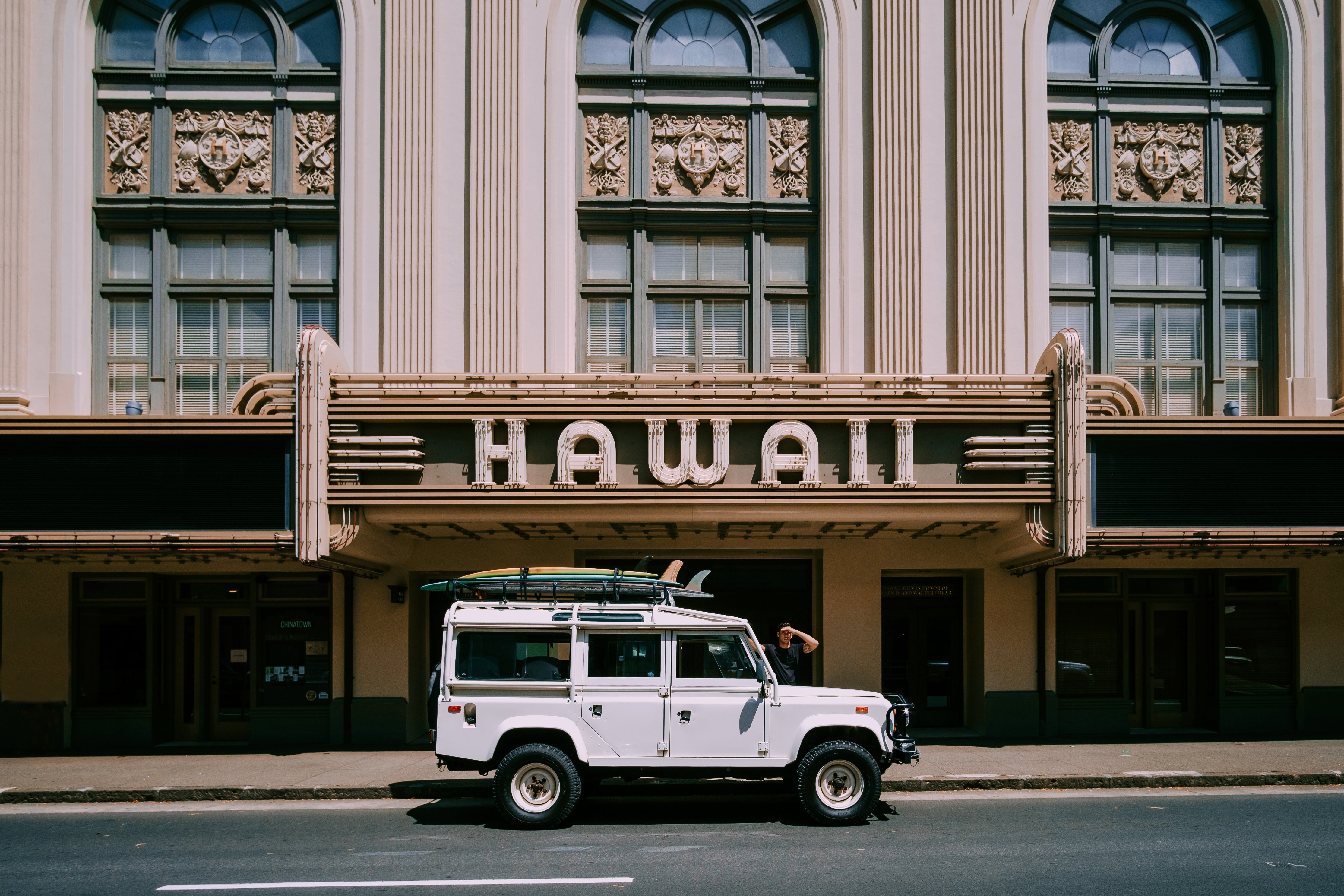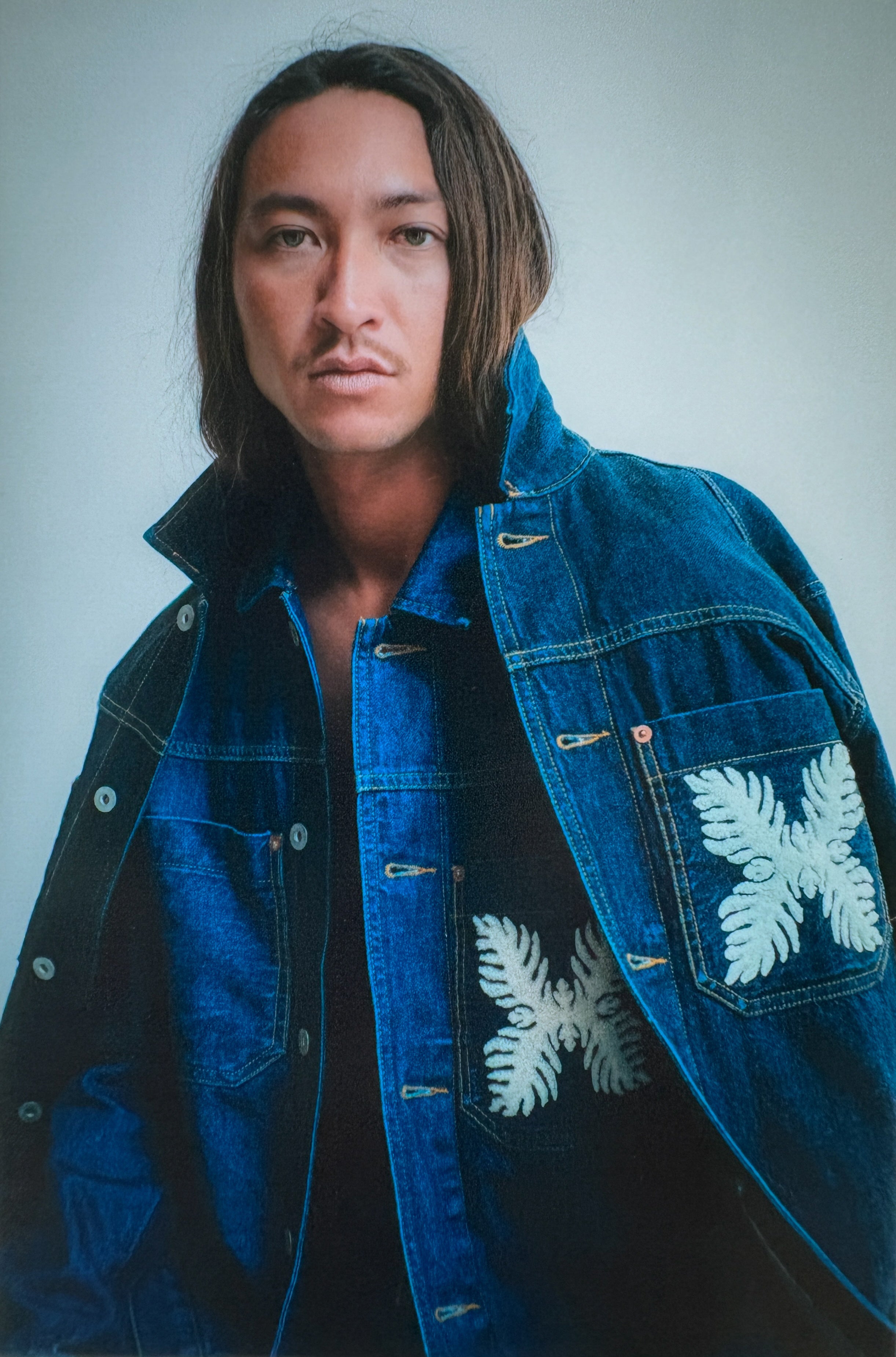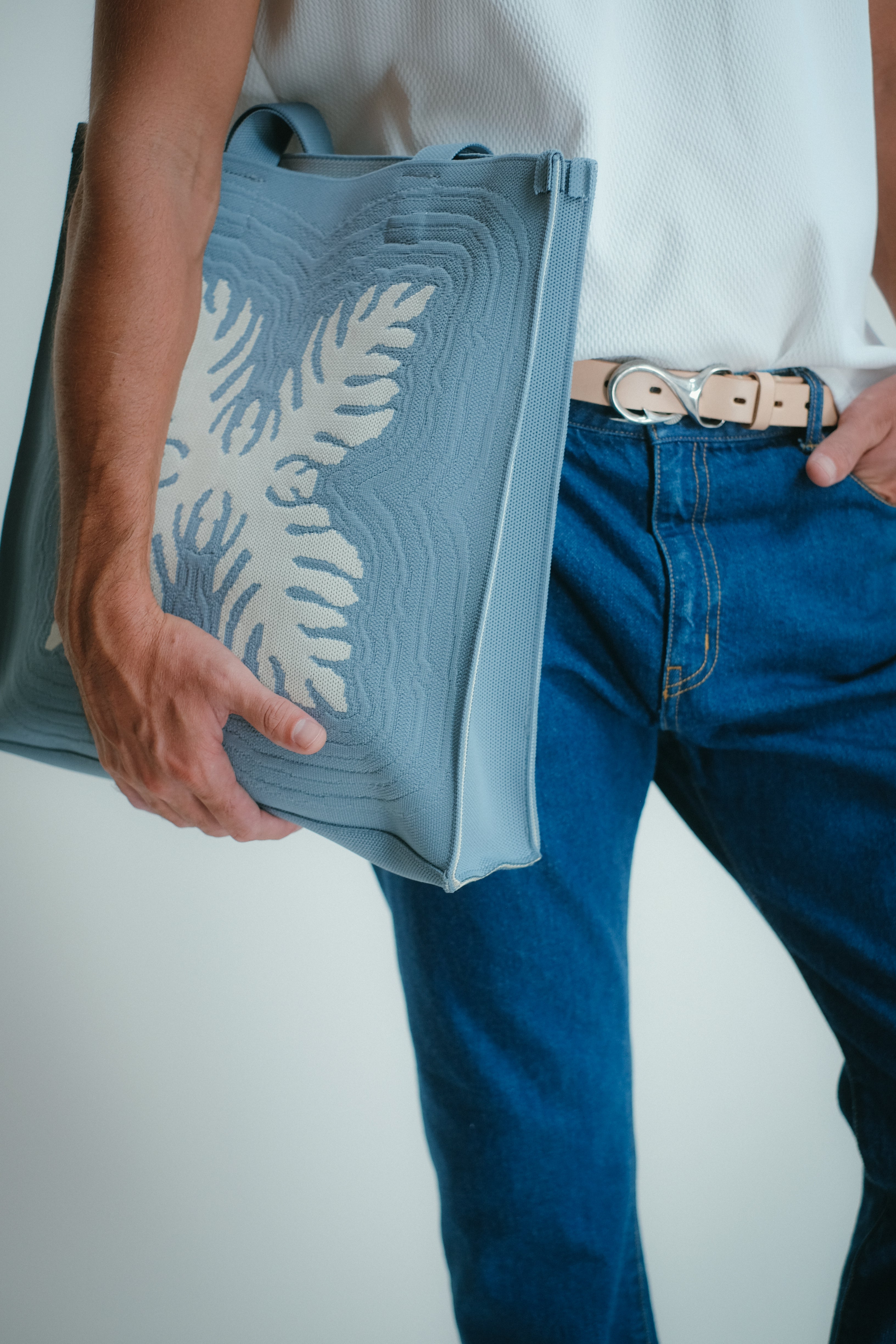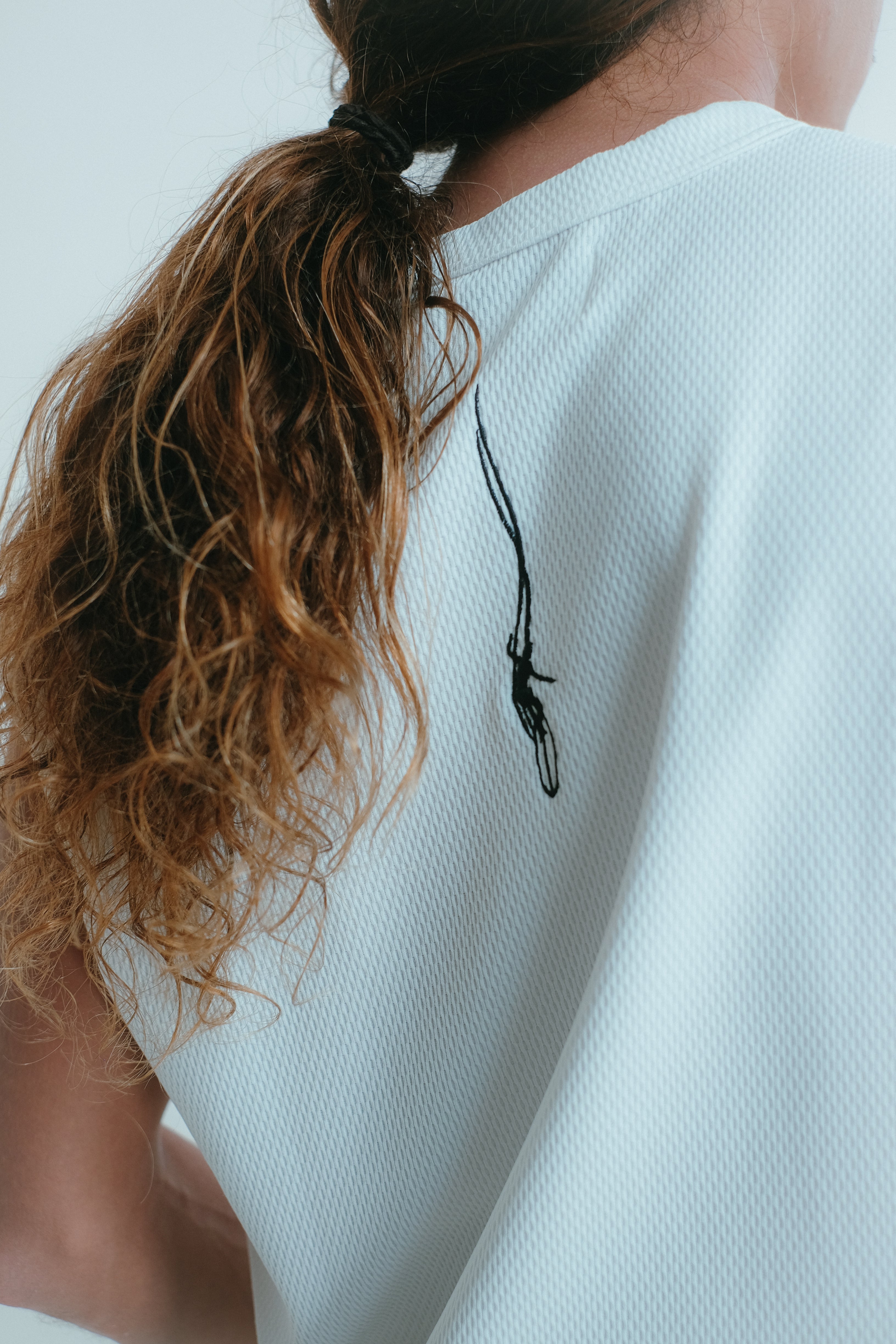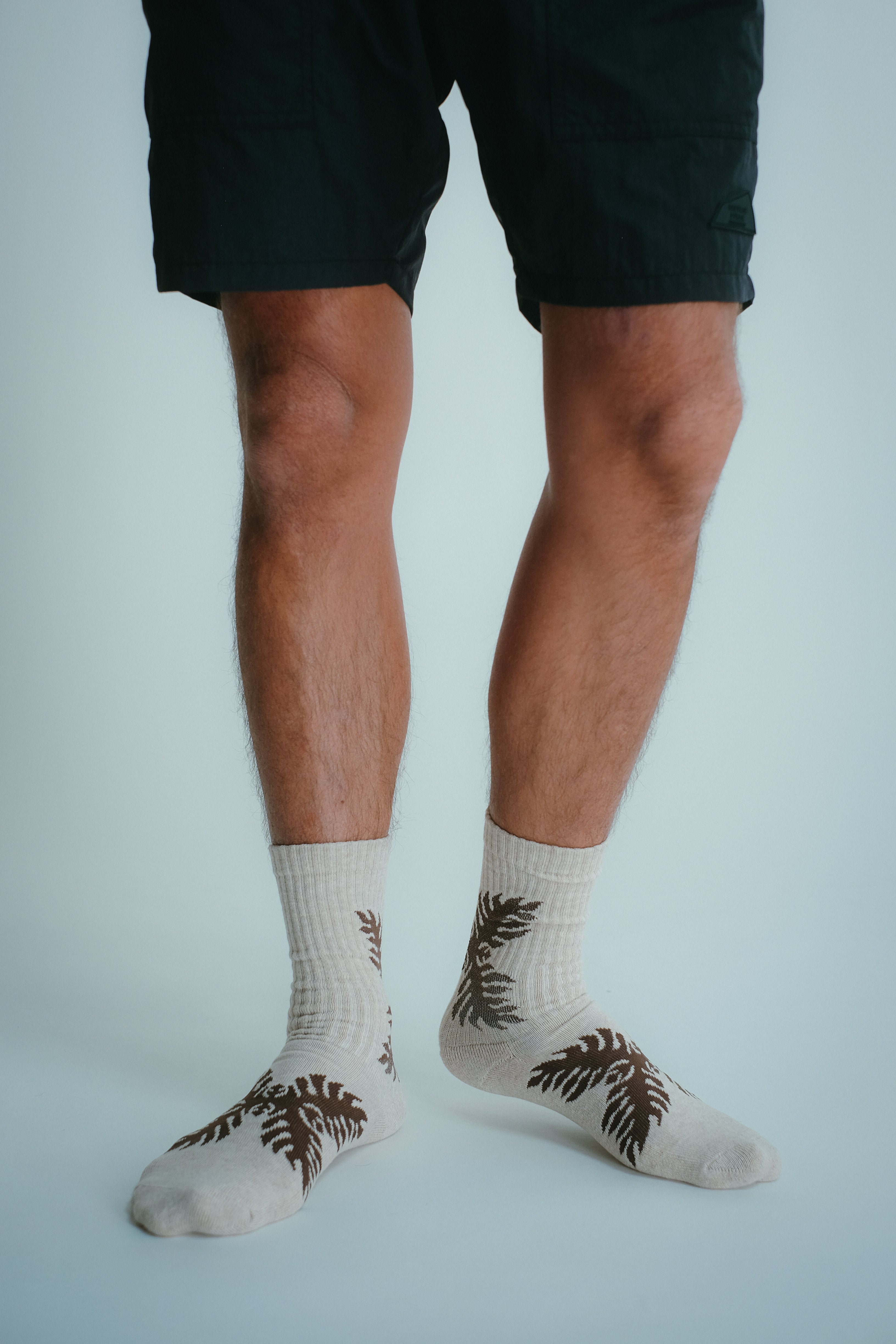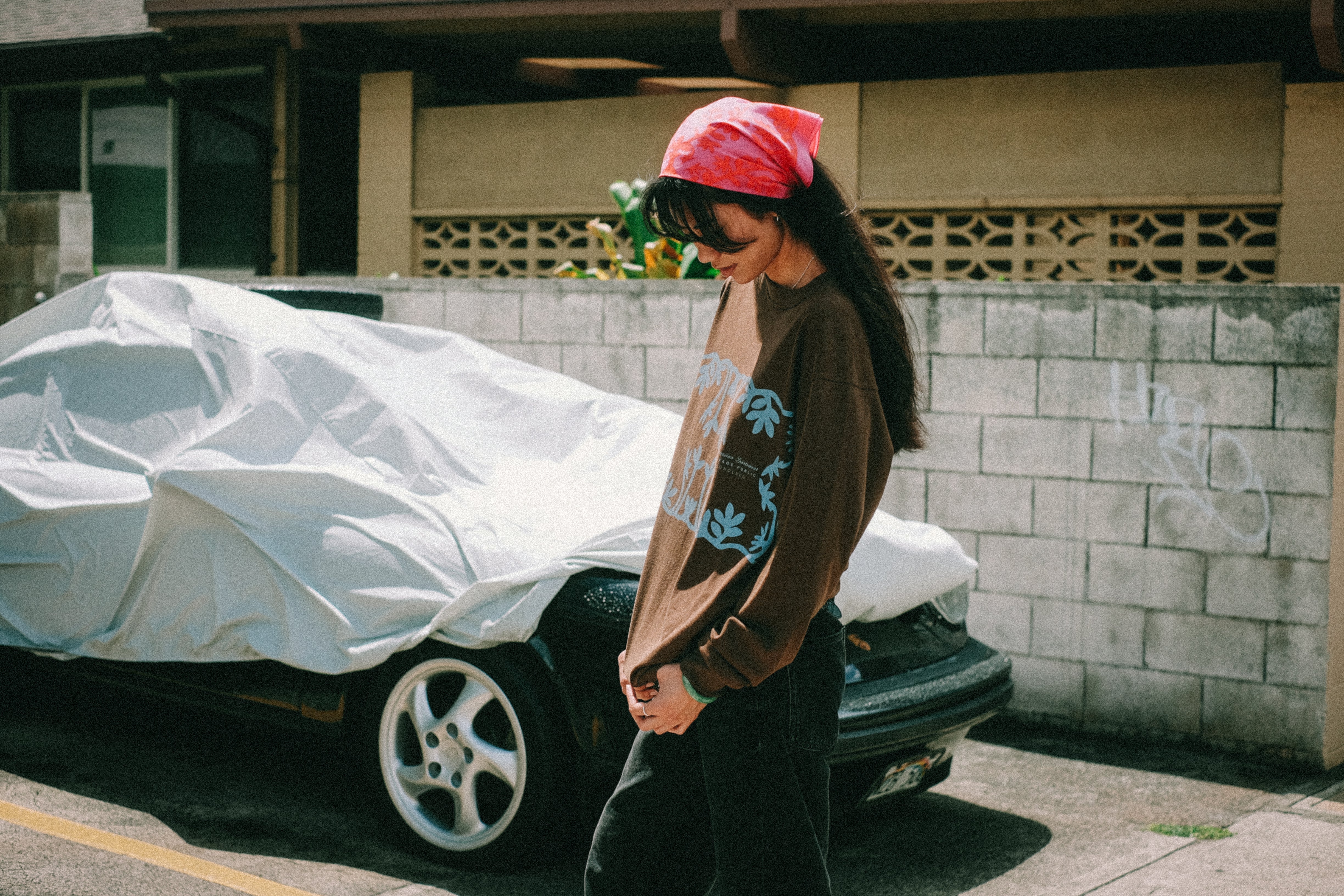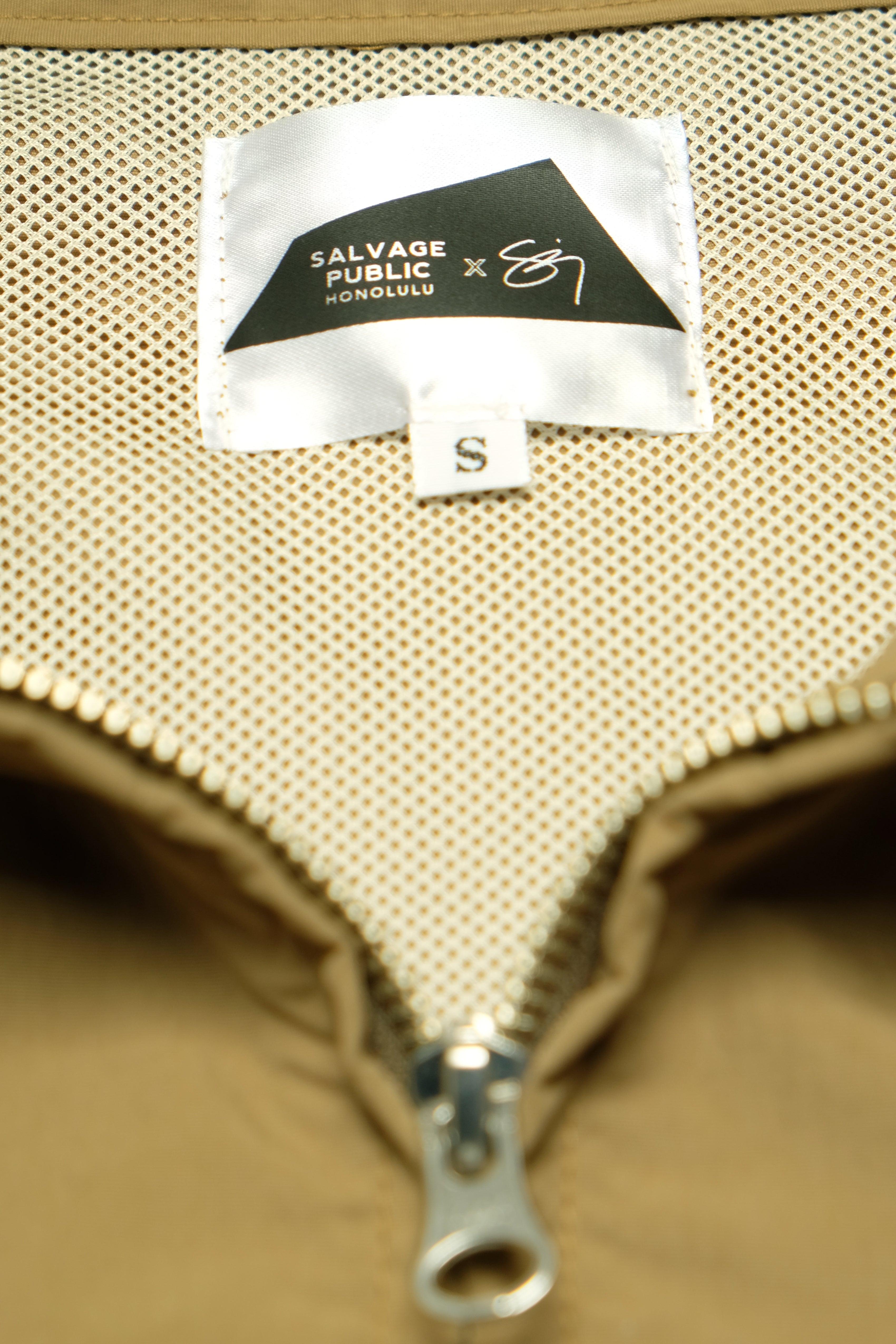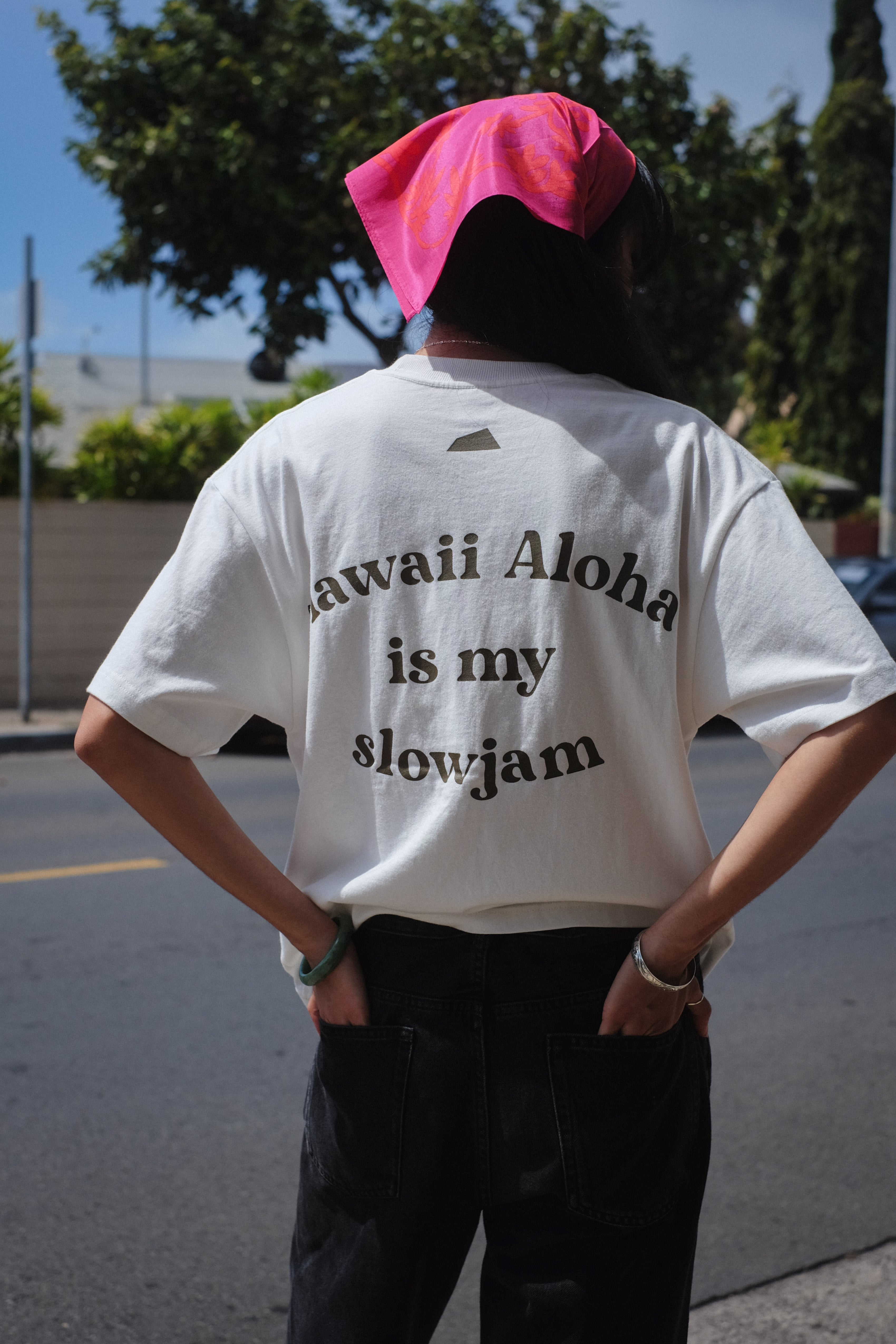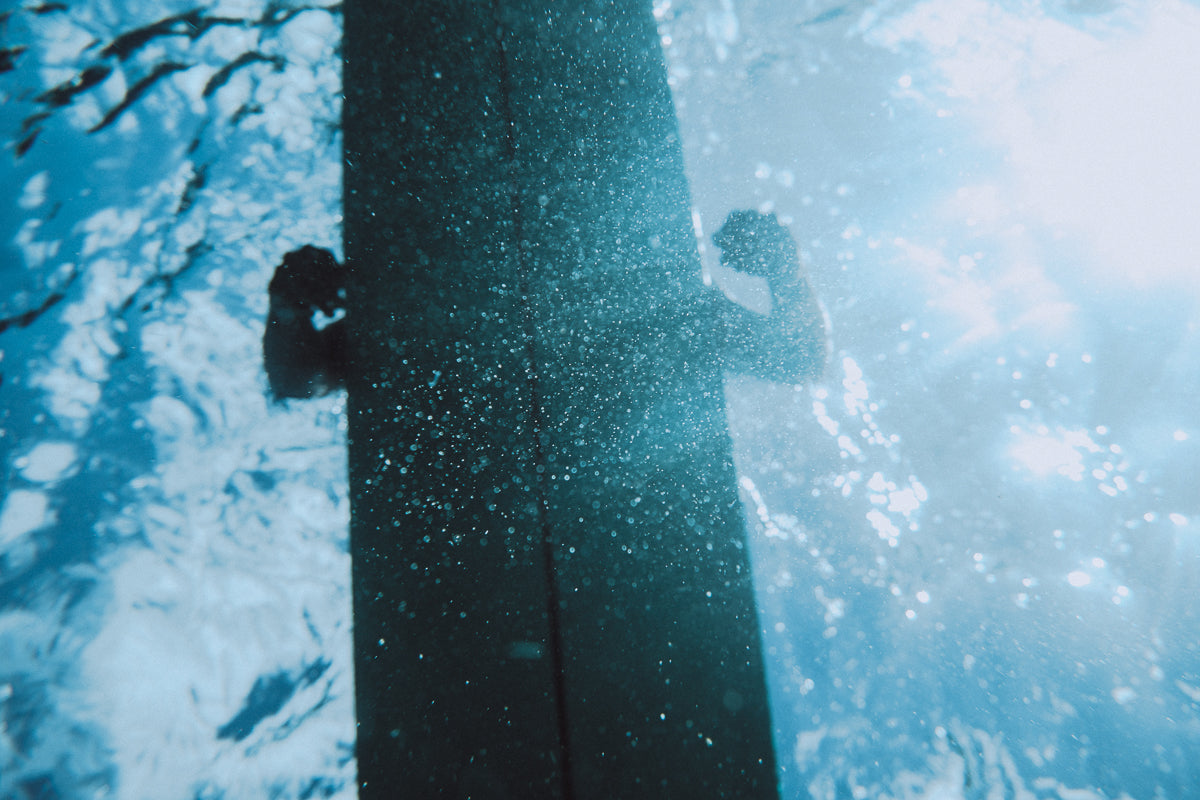
Only a handful of surfbreaks can be called legendary. Mākaha Beach is one of them. It’s synonymous with surfing’s progression into bigger waves and the bonds of family and community that the sport nurtures.
Between the 1930s and 1960s, Mākaha was where surfers explored the limits of wave-riding. For John Kelly and Wally Froiseth, often credited as big-wave surfing’s pioneers, Mākaha was an important testbed.
In 1937, they and some friends ventured out to Oʻahu’s westside and stumbled upon the surfing potential of Mākaha Point’s (or Kepuhi Point) now legendary right-hander.
Over the next 15 years, Mākaha was were surfers tested their courage and skill and where innovations in surfboard craft were developed. Wave heights climbed, board shapes and materials improved, and surfers’ skills and knowledge grew.
As word about Mākaha got out, it drew surfers from Honolulu, California, and beyond, and by the early-1950s, a group of them were spending their winters living in a row of Army-built Quonset huts near the beach.
Of this generation of surfers, Keone Downing easily out-surfed the rest. At 13-years-old, Downing moved in with Wally Froiseth, his uncle by marriage. By 1950, at age 20, he already had years of surfing experience at Mākaha under his belt.
In 1953, mainland newspapers published the above photo of Downing, along with Californians Buzzy Trent and Woody Brown, racing down a near-perfect 20-foot-wave. It put Mākaha on the surfing map, drawing surfers from across the country to Oʻahu’s westside.
 Agnes Martin, Untitled (1966)
Agnes Martin, Untitled (1966)
